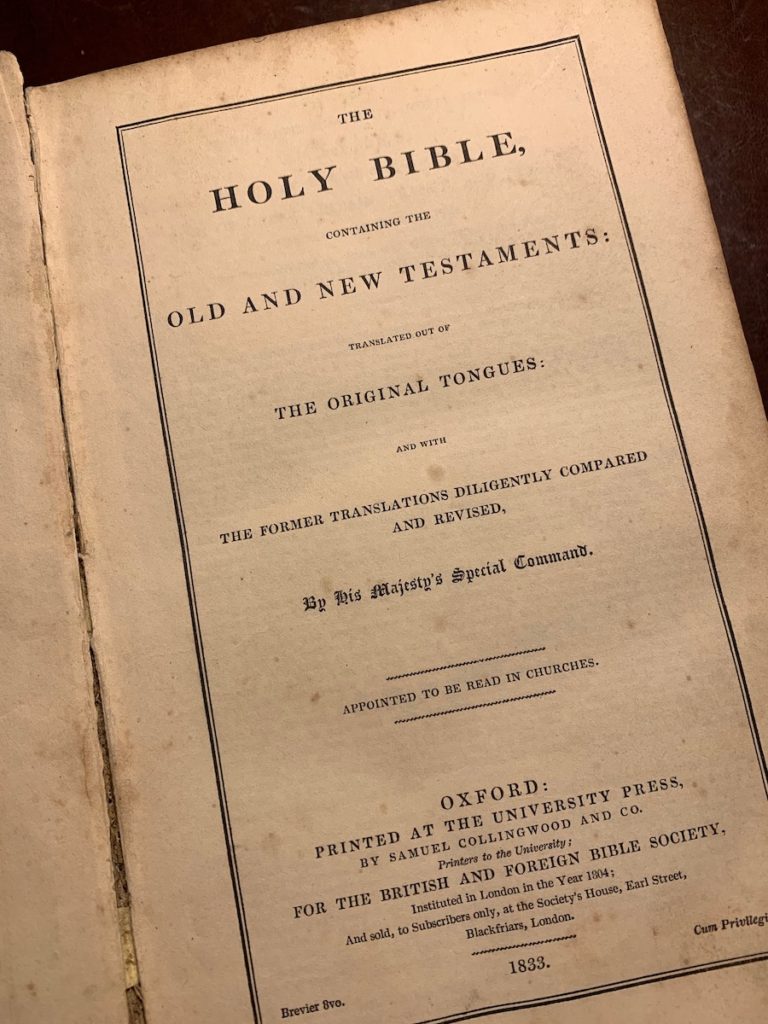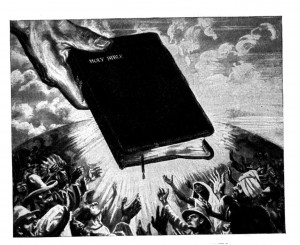
The Number of the Books of the Bible
The first point in determining the symmetry of the Scriptures is to realize that originally the Tanakh (Old Testament) was subdivided into 22 books, not the 39 in our present Bible. There was no difference in the content between then and now but only in how the books were categorized. The Book of Jubilees, a Jewish pseudepigraphic work dating to the second century b.c., attests to the fact (Jubilees 2:23) of there originally being 22 books in the Tanakh, as does Josephus in his Contra Apion (Book 1.8), and as do many early Church fathers and other early Christian scholars (In Restoring the Original Bible, Ernest L. Martin references 22 such early Christian writers, including Eusebius’ Ecclesiastical History, 4.26.14, Martin, pp. 58–60).
It is believed that Ezra the scribe originally arranged the books of the Old Testament in this manner. Thus, books such as Samuel, Kings and Chronicles were combined into one book each and the 12 Minor Prophets were combined into one book as well. We will discuss the significance of the number 22 in the Scriptures momentarily, but for now, how did the Tanakh get expanded from 22 to 39 books? According to Martin, the Jewish translators of the Greek version of the Tanakh (the Septuagint) in the second and third century b.c. subdivided the books of the Tanakh into the pattern we have today. There were, however, no Hebrew manuscripts that followed the Greek version (Martin, p. 65). Sometime in the last part of the first century or beginning of the second century a.d. Jewish authorities decided to re-divide the Tanakh into 24 books rather than to maintain the 22 (Martin, pp. 67–68). Eventually the Jews adopted the Christian numbering system of the books of the Tanakh found in the modern Protestant Christian Bible.
“There may well have been political and religious reasons why the Jewish authorities made the change when they did. When the New Testament books were being accepted as divine literature by great numbers of people within the Roman world, all could see that the 27 New Testament books added to the original 22 of the Old Testament reached the significant number 49 [7 x 7]. This was a powerful indication that the world now had the complete revelation from God with the inclusion of those New Testament (the Testimony of Yeshua) books. Since Jewish officials were powerless to do anything with the New Testament, the only recourse they saw possible was to alter the traditional numbering” (Martin, p. 68).
The Significance of the Number 22 in Hebrew Thought
Martin next draws our attention to the ancient Jewish Book of Jubilees which mentions the significance of the number 22 in Hebraic biblical thought. Annotated to the restored text of Jubilees 2:23 is the remark that Elohim made 22 things on the six days of creation with man being the twenty-second created thing—the crowning achievement of YHVH’s creative activities. These 22 events paralleled the 22 generations from Adam to Jacob (i.e. the Israelite nation being the crowning achievement of YHVH’s work among the nations of the world with Israel being the vehicle through which redemption would occur), the 22 letters of the Hebrew alphabet, and the 22 books of the Holy Scriptures (Martin, p. 57).
The 22 numbering is most interesting and fits in well with the literary and symbolic meaning of “completion” as understood by early Jews. The Book of Jubilees put forth that this number represented the “final” and “complete” creation of Elohim. Adam was the last creation of Elohim (being the 22nd). Jacob, whose name was changed to Israel, was the 22nd generation from Adam; and Jacob was acknowledged as the father of the spiritual nation of Elohim. Also the Hebrew language became the means by which Elohim communicated his divine will to mankind. It had an alphabet of 22 letters. And, finally, when Elohim wished to give his complete Old Testament revelation to humanity, that divine canon was presented in 22 authorized books. The medieval Jewish scholar Sixtus Senensis explained the significance of this matter (Martin, pp. 57–58).
As with the Hebrew there are twenty-two letters, in which all that can be said and written is comprehended, so there are twenty-two books in which are contained all that can be known and uttered of divine things.




